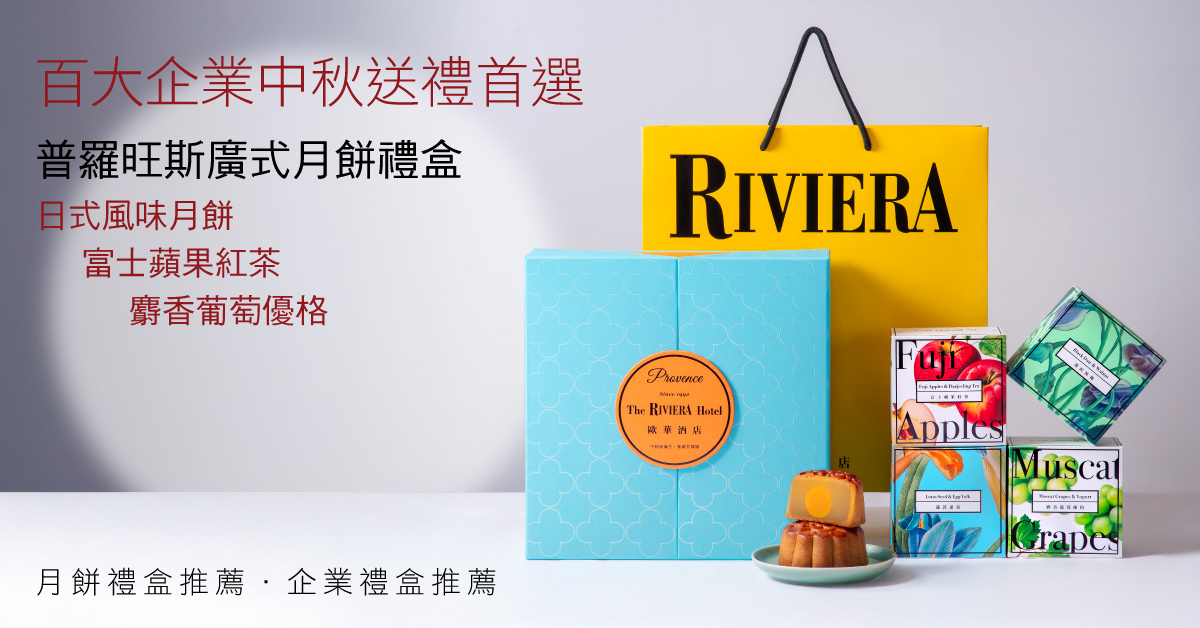Winnie-the-Pooh, also called Pooh Bear, is a fictional anthropomorphic teddy bear created by English author A. A. Milne. The first collection of stories about the character was the book Winnie-the-Pooh (1926), and this was followed by The House at Pooh Corner (1928). Milne also included a poem about the bear in the children's verse book When We Were Very Young (1924) and many more in Now We Are Six (1927). All four volumes were illustrated by E. H. Shepard.
Charactors:
Winnie-the-Pooh :
He always said, "Oh, Bother!" and "Think, think, think."
Pooh is a talented poet, and the stories are frequently punctuated by his poems and "hums." Although he is humble about his slow-wittedness, he is comfortable with his creative gift.
Pooh is very fond of food, especially "hunny" but also condensed milk and other items. When he visits friends, his desire to be offered a snack is in conflict with the impoliteness of asking too directly.

He is a young boy and one of Winnie-the-Pooh's best friends. His other friends are Eeyore, Kanga, and Roo, Rabbit, Piglet, Owl, and Tigger.
The sole human character in the story books, he has a cheerful and compassionate personality and is someone that Pooh and the others look up to. Despite being a child, he is much wiser and more mature than many of the other characters. Pooh considers both Christopher Robin and Piglet to be his best friends.

Pooh's best friend besides Christopher Robin. In the books he is a timorous small animal, who often takes his lead from Pooh unless overcome by fear. But increasingly through the stories he shows himself to be very brave when faced with a crisis and given sufficient encouragement (usually by Pooh). He is fond of "haycorns".
In the Disney series he is kind, gentle and ordinarily quite shy, but with Pooh by his side, he often overcomes his fears. His catchphrase is "Oh, D-D-Dear!". Piglet lives in a beech tree that he likes to keep neat and tidy, and can sing very well.

Pooh's ever-glum, sarcastic and pessimistic donkey friend who has trouble keeping his tail attached to his bottom. Eeyore has a house made of sticks, which falls apart and has to be rebuilt.
Eeyore is slow-talking and more cautious than some of the other animals, and is often reluctant to go along with their actions, but usually does not bother trying to oppose anyone because he believes it to be futile to try. His catchphrase is "Thanks for noticing" as indicated to himself.

Kanga :
Kanga is a female kangaroo and the doting mother of Roo. The two live in a house near the Sandy Pit in the northwestern part of the forest. Kanga is the only female character to appear in the books. She was based on a stuffed toy that belonged toChristopher Robin Milne.

Roo :
Kanga's cheerful, playful and energetic joey, who moved to the Hundred Acre Wood with her. His best friend is Tigger, whom he looks up to like an older brother. Roo is the youngest of the main characters.

Rabbit :
Rabbit is friendly, irritable. He fancies himself the smartest animal in the Hundred Acre Wood. He insists on doing things his way and is obsessed with rules, planning and order. He often loses his temper to others and bosses them around, but deep down, he cares a lot about his friends. In the Walt Disney films, he takes pride in his garden and seems to like it more than his friends.

Tigger :
Pooh's exuberant, happy, less-than-responsible and sometimes trouble-making tiger friend. He loves to bounce, especially bouncing on others. He is full of energy, outgoing, and likes to have fun and is so overconfident that he thinks that any task is "what tiggers do best". He becomes Roo's best friend.

Owl :
Owl is the stuffy and talkative eldest main character who presents himself as a mentor and teacher to the others. He was not based on a stuffed toy, so in the illustrations, he looks more like a live animal.
Owl and most of his friends believe that he is the most intelligent animal in the wood, but he is really quite scatterbrained. He often rambles on into long-winded speeches and uses words that his friends do not understand. Though Owl likes to present himself as very knowledgeable, like most of the other characters he does not spell very well—he even spells his own name "Wol".

※cough drop/throat drop喉糖
Nonsense is a communication, via speech, writing, or any other symbolic system, that lacks any coherent meaning. Sometimes in ordinary usage, nonsense is synonymous with absurdity or the ridiculous. Many poets, novelists and songwriters have used nonsense in their works, often creating entire works using it for reasons ranging from pure comic amusement or satire, to illustrating a point about language or reasoning.
Beautiful soup by Lewis Carroll :
|
Beautiful Soup
|
An onomatopoeia is a word that phonetically imitates, resembles or suggests the source of the sound that it describes. Onomatopoeia refers to the property of such words. Common occurrences of onomatopoeias include animal noises such as "oink", "miaow", "roar" or "chirp".



 留言列表
留言列表


